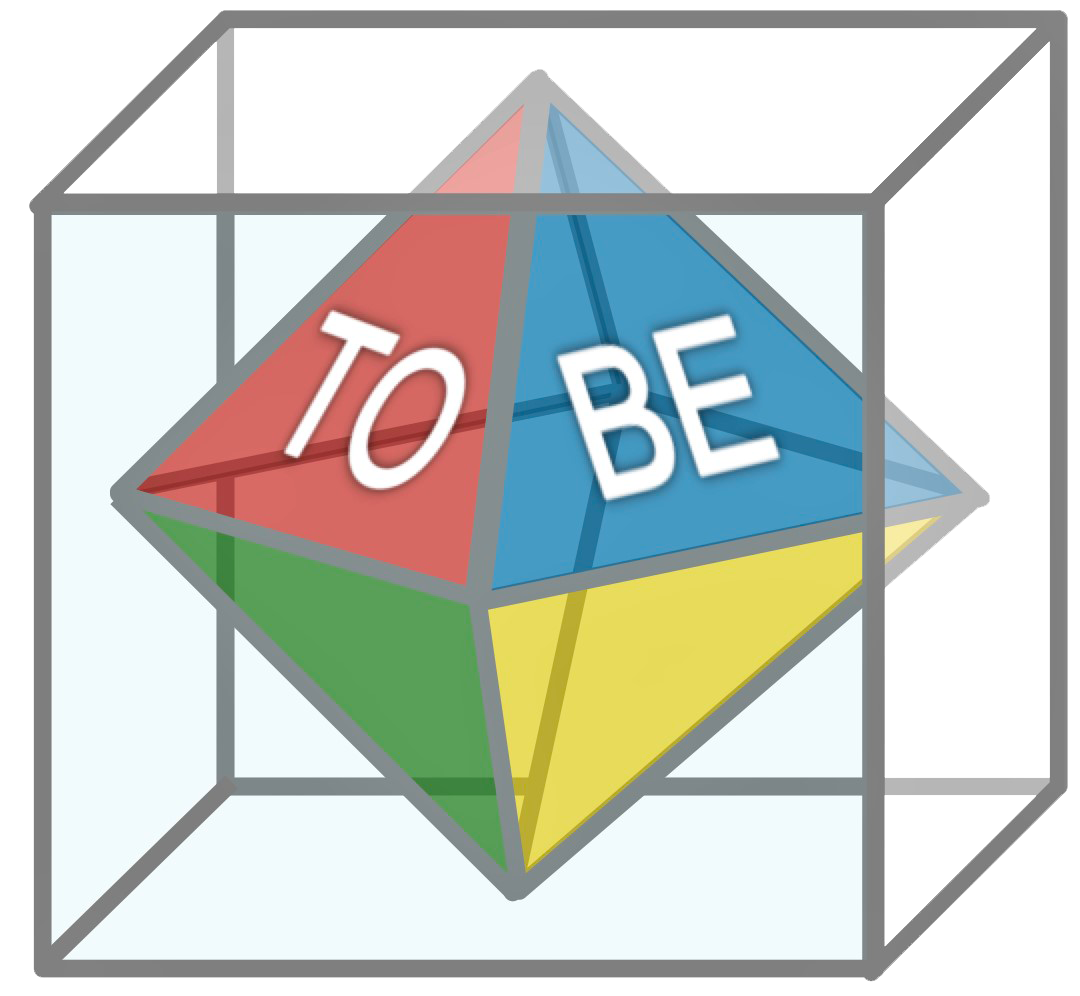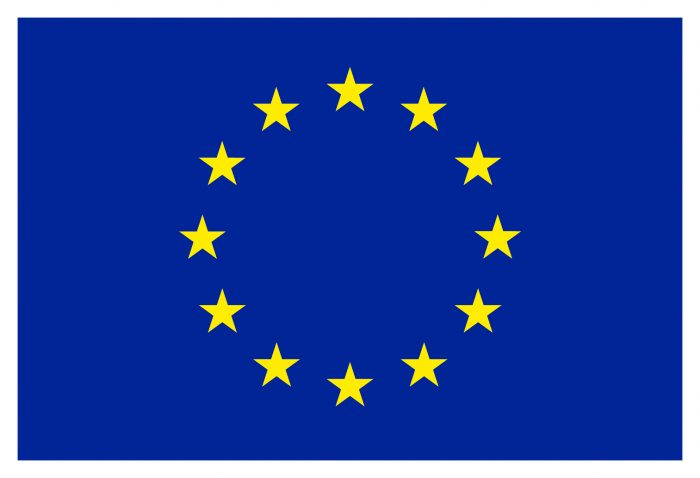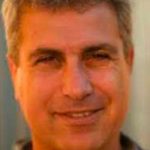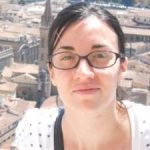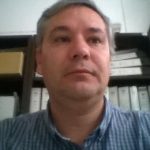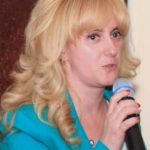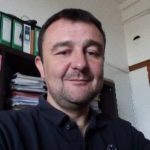Nini Pryds
Home Institution: University of Bialystok (Poland)
Host Institution: Free University of Berlin (Germany)
STSM period: 15.11.2015/21.11.2015
Brief Summary of the STSM activity:
During STSM, I have learned how to prepare stable solutions of pure magnetite and core-shell nanoparticles with additive cobalt-oxide shell. The main goal of my visit was to find the ratio between solvent and surfactant, in order to obtain stable ferrofluid, in which magnetic interaction between spices are in balance with electrostatic repulsion of surfactant. To do so, I have also learned how to exchange surface termination from organic to inorganic phase. In the end, all types of prepared nanoparticles were imaged by TEM.
Impact: strengthening of collaboartaion between Home and Host institutions and opening a new
possibility to start cooperation with the Host in other fields. The work is in progress and no results were publicated or presented in conference yet.

